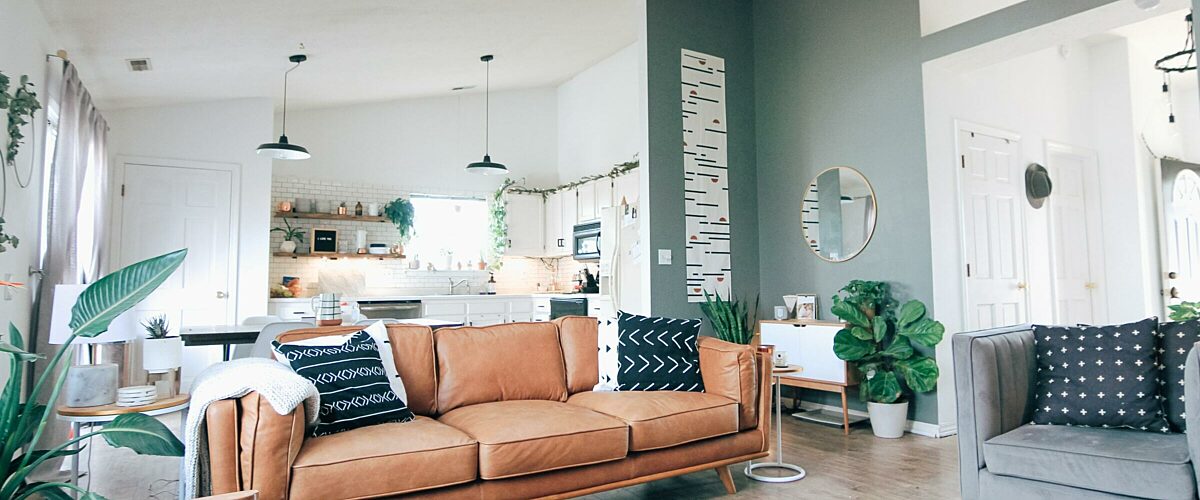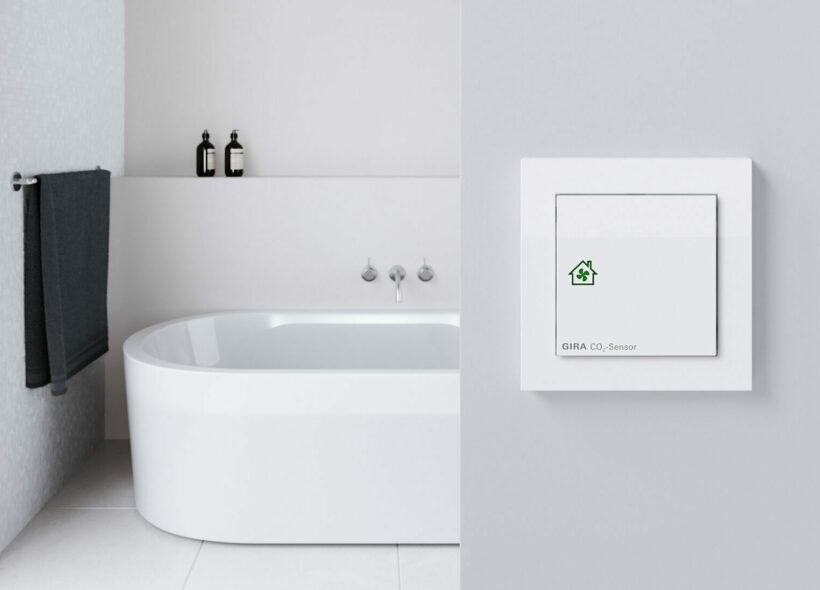
Smart home for your health
The past couple of years, our personal health has never been more on our minds. Amidst times like flu season, the cold winter months, and certain global pandemics, more and more people prefer the safety of their home to preserve their health, but that’s no insurance to your health or safety. So what if we told you that your smart home can help you monitor your health, and even improve it.
Is it hot in here?
Motion sensors have been an established part of most homeowner’s setup, providing light when needed and even adjusting the thermostats based on your household's whereabouts. But some companies are developing sensors that can do even more than that.
Mitsubishi Electric, for example, is working on a sensor that can monitor your body temperature, heart rate, respiratory rate and other vital statistics. These sensors, named the HealthCam, will eventually even be able to detect sudden falls, blood oxygenation and even situations such as choking or elder abuse.
The infrared sensors are expected to launch first in hospitals in 2023, and later make their way to homes, office buildings, assisted living facilities, and any other locations that can benefit from the 24/7 monitoring of occupants.

The air you breathe
Staying indoors is a great way to neutralize external risks of getting sick, but don’t just take your home’s indoor air quality for granted. For the past couple of years, manufacturers have been creating HVAC (heating, ventilation, and air conditioning) solutions that not only manage and monitor heating and cooling systems, but also can keep track of your smart home’s indoor air quality.
Take for example the Gira KNX CO₂ sensor which can monitor the temperature, humidity and carbon dioxide concentration in your home, and will take certain actions in order to maintain the room climate within your KNX system. Constantly monitoring your air quality, the sensor ensures that windows are opened, fans get switched on and air conditioning is regulated when certain limits are exceeded. Of course, you will also be alerted with an alarm message via the KNX system.
On the bright side
Next to aiding your physical health, a smart home can also be beneficial to your mental health. Tech companies are now working on using light to help their customers take care of their own mental wellbeing at home. Research has shown that certain light settings and colors can have benefits like reducing stress, treating anxiety, aid productivity and heighten energy levels.
With these exciting new technologies coming upon the horizon, human-centric lighting is likely to become the next hot thing in home automation. Making it possible to connect your current smart lighting setup, eg. Philips Hue, to already existing smart health devices in order to track your mental state. This way, an automatic mood setting could be triggered when discrepancies in heart rate, posture or even speech is detected.
Even though we’re eagerly waiting on some new developments to come around, manufacturers are working around the clock in order to make our smart homes safer and more comfortable every day. This leaves us wondering, will home automation one day change the way our current health system works? Who knows!


